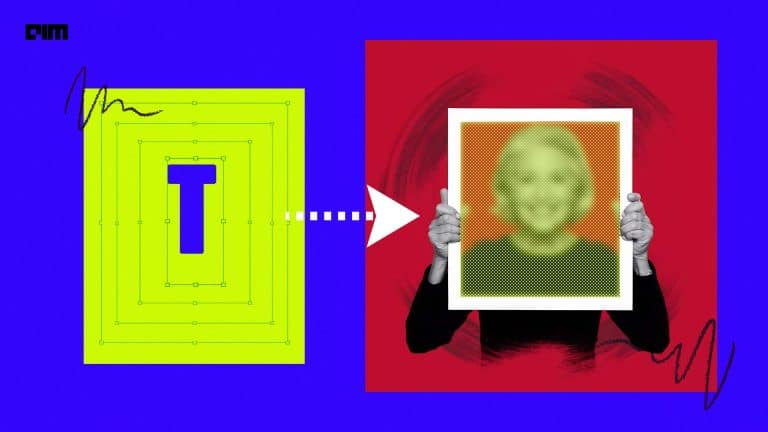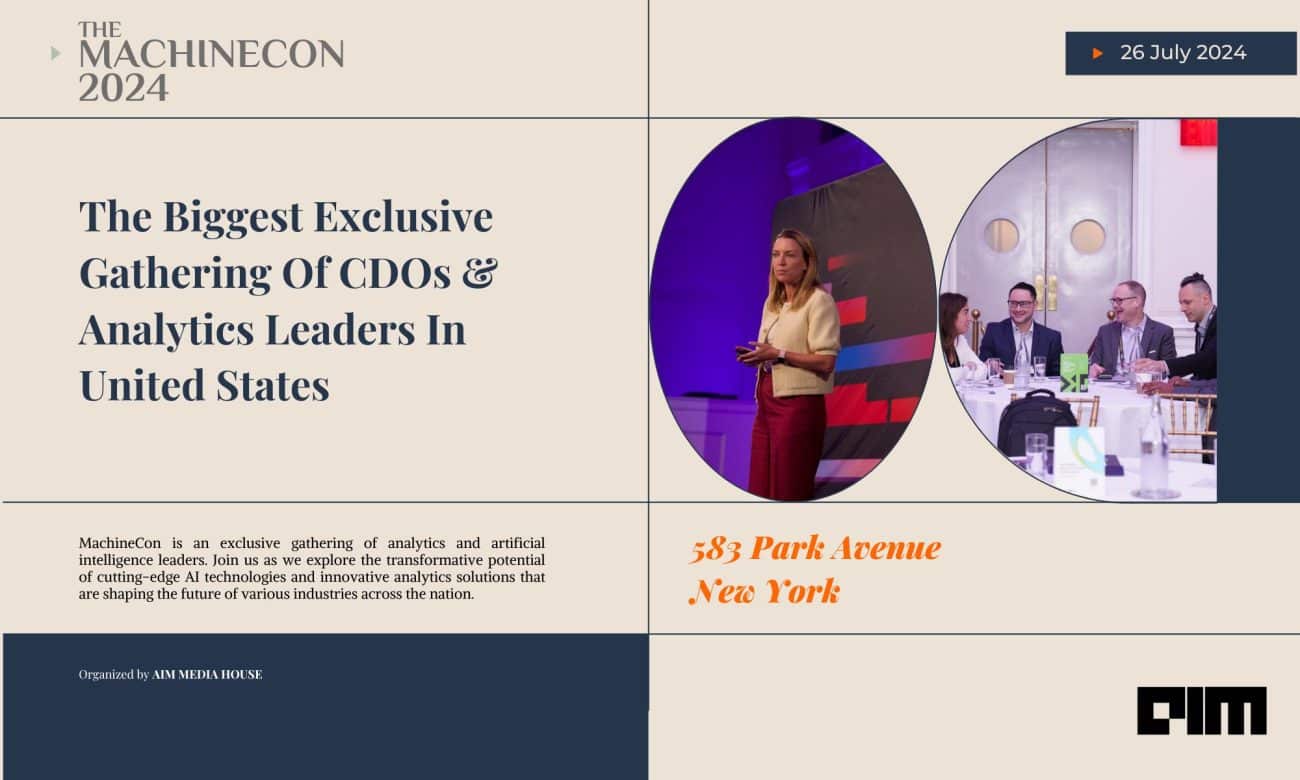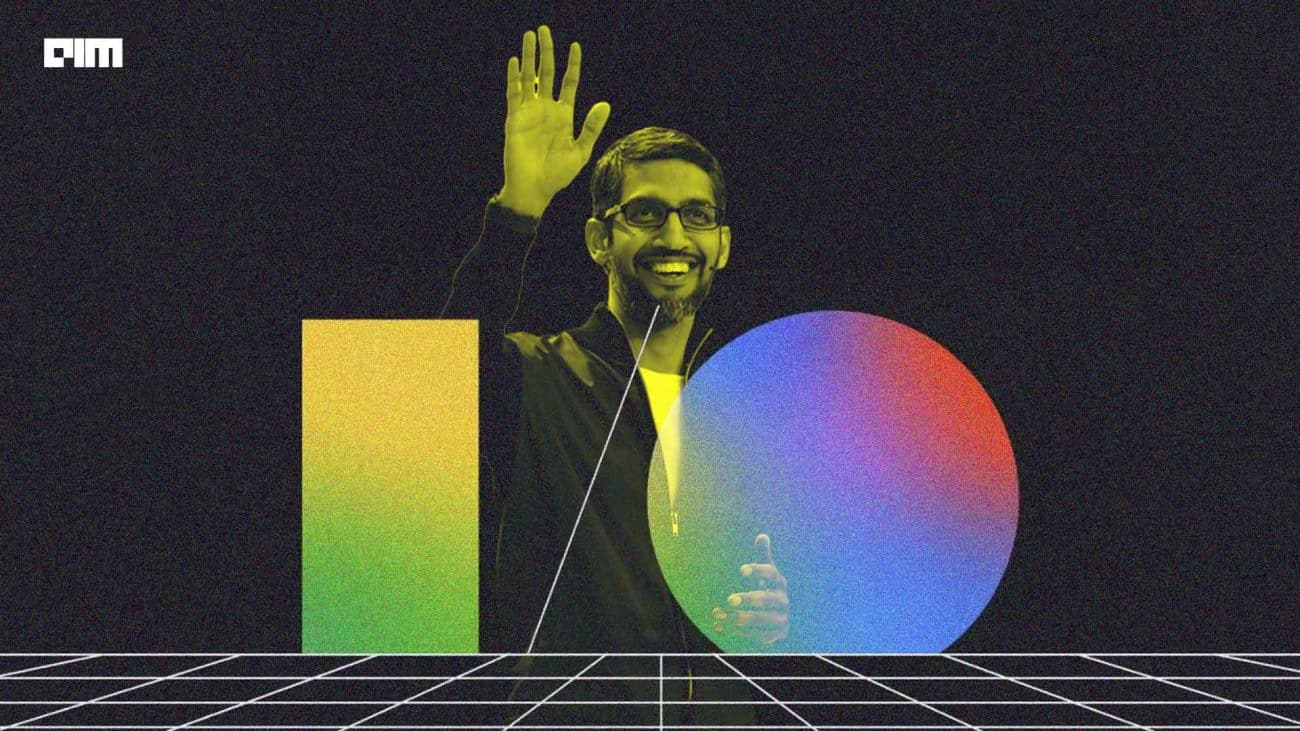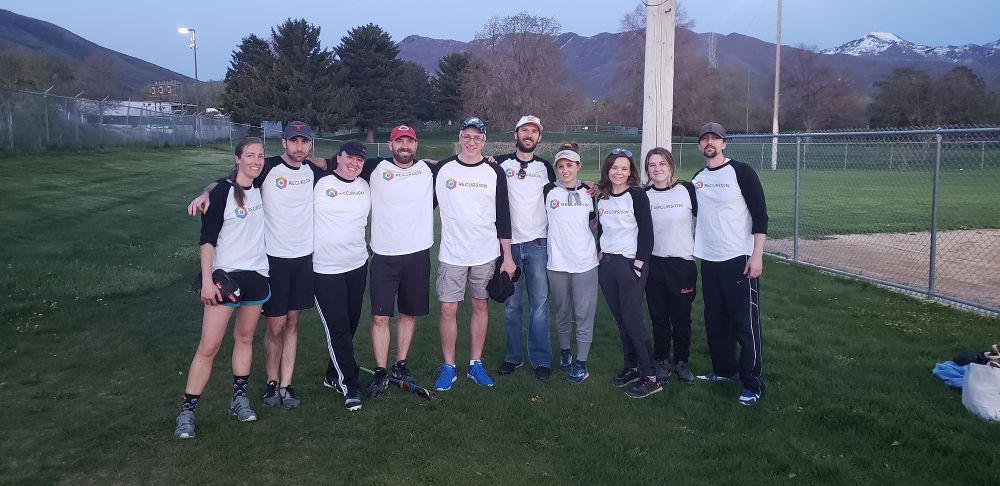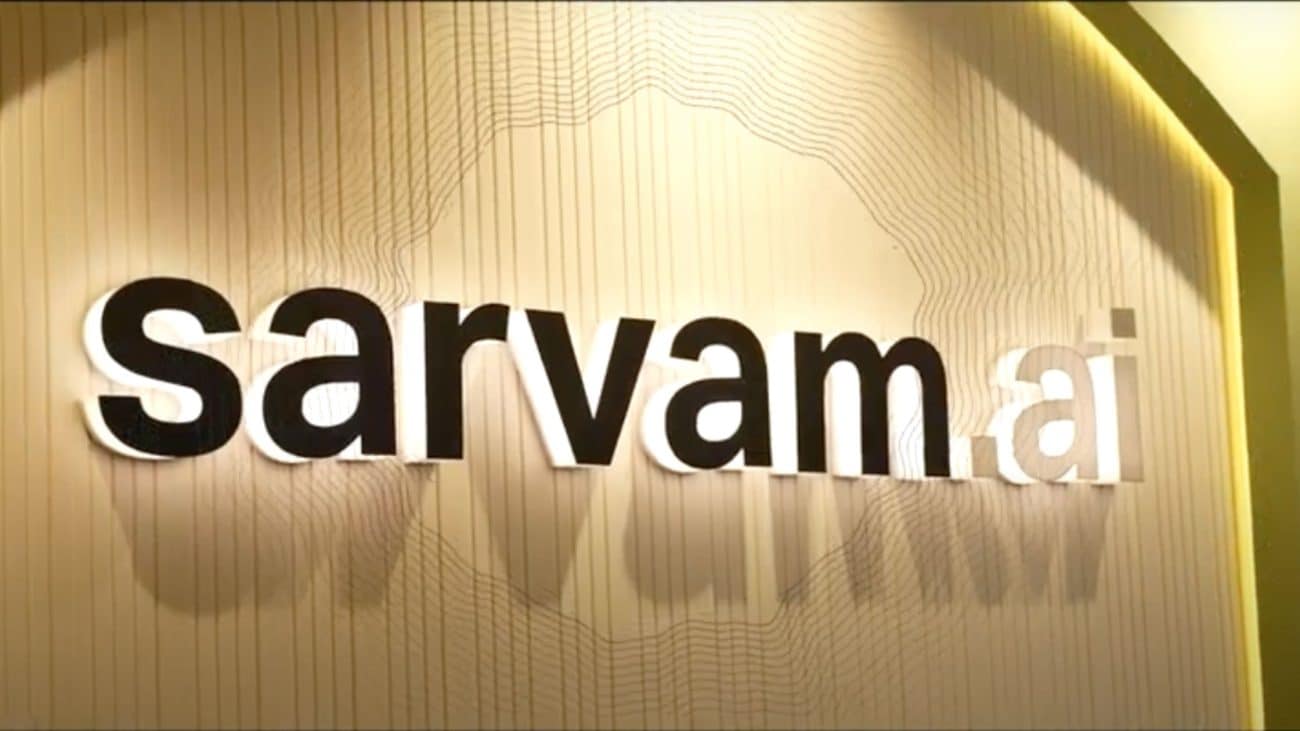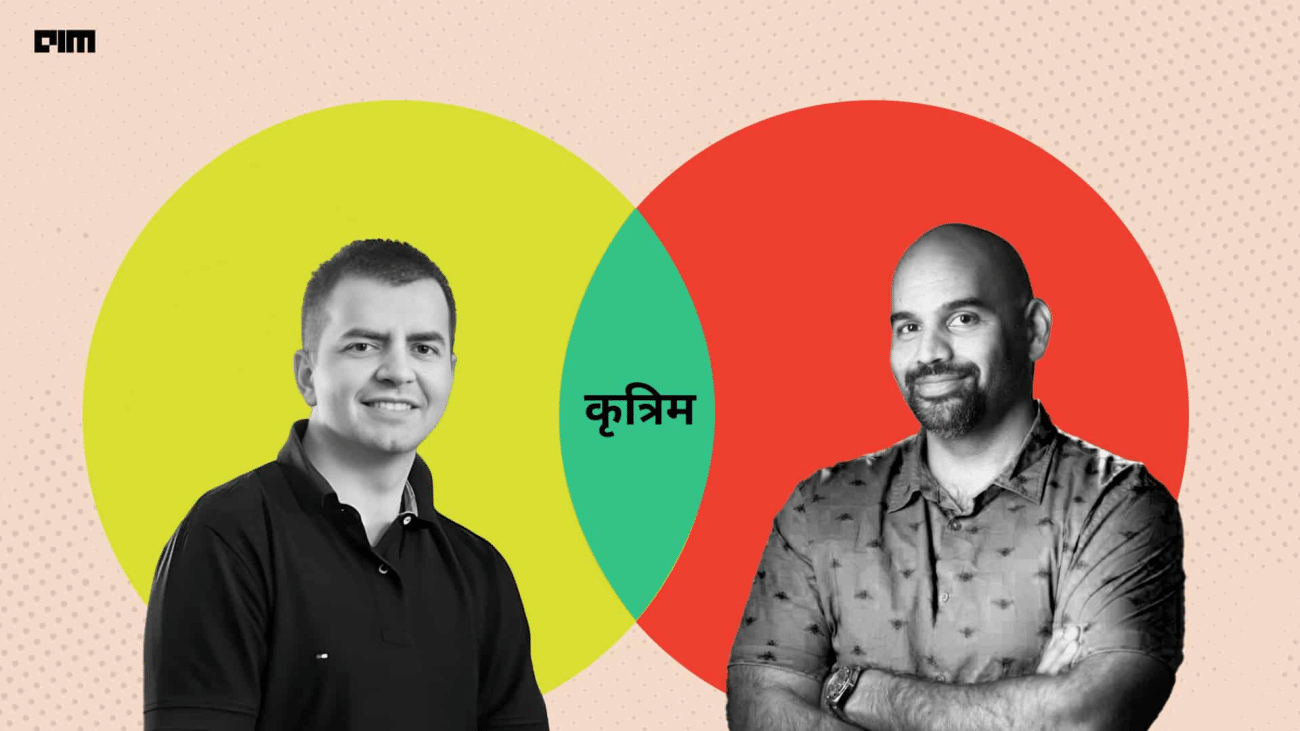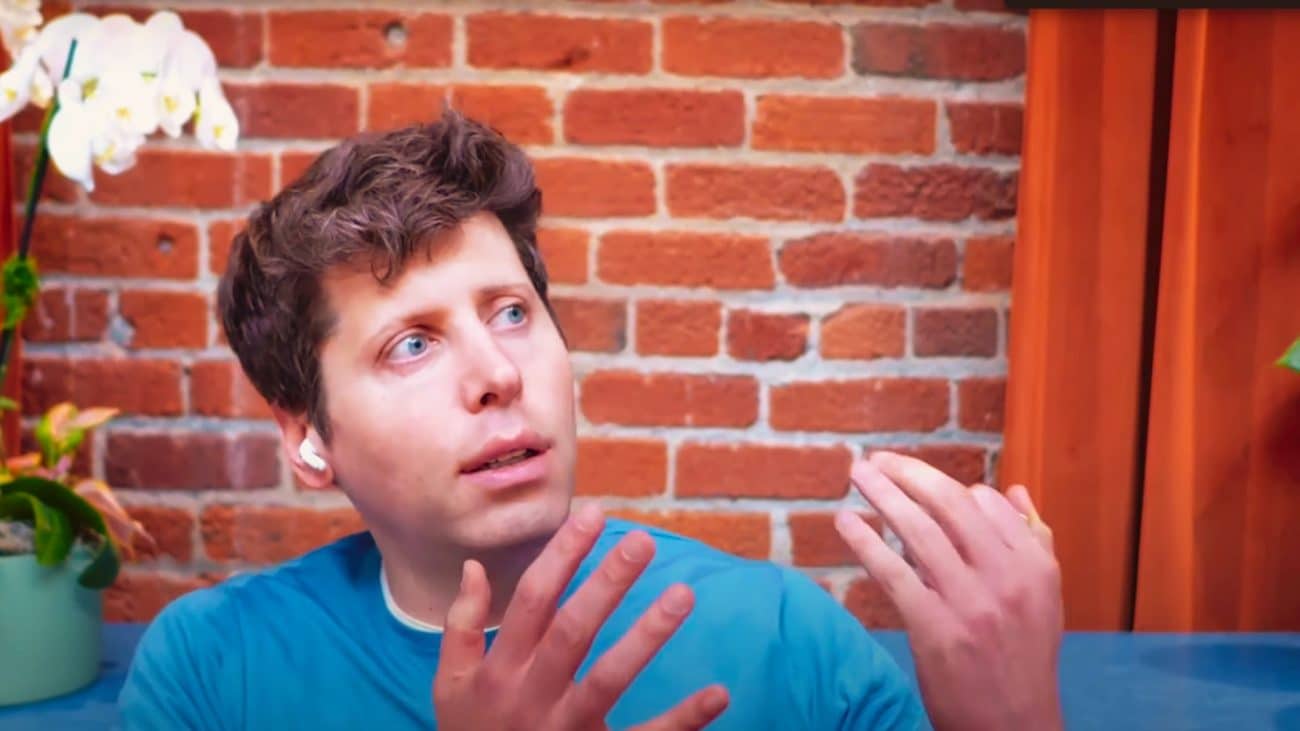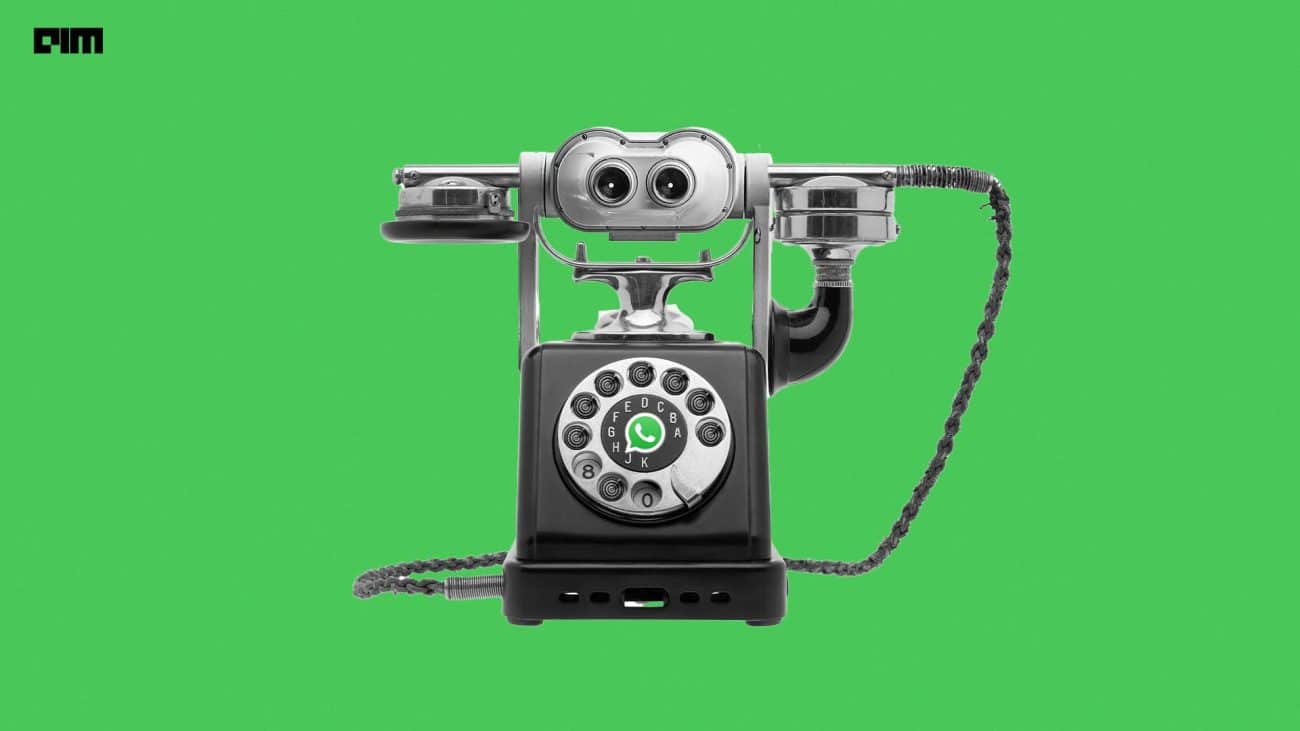|
Listen to this story
|
Adam Mosseri, the head of Instagram admitted that, “If you look at how teens spend their time on Instagram, [you’ll see that] they spend more time in DMs than they do in stories, and spend more time in stories than they do in feed.” Not many people are actually posting anything anymore, and rather use the platform to send direct messages and talk in group chats.
Platforms that were built for staying connected with our family and friends are showing little content produced by them. Last year, in an Instagram story, Kylie Jenner, the second biggest celebrity on the platform, shared her concern. “Make Instagram Instagram Again. Stop trying to be TikTok, I just want to see cute photos of my friends. Sincerely, Everyone,” she had written.
Ironically, some people don’t even want to see photos of Jenner on their feeds. If only social media apps had ad blockers that could block promotional and influencer content, it would have been a truer “social” experience where we see and interact with posts of our family and friends.
This is mostly because instead of a “timeline”, we are bombarded with a “feed”, which is just an algorithm trying to push posts filled with companies trying to promote their products, or content creators filling up the spaces with self-promoting content. Engagement is all that matters. But was engagement ever really the point of getting on social media for the users?
Users are the product
For companies building these mega platforms such as Meta, Google, and Twitter, it is most definitely about earning the bucks. And ads are the best, if not the only, way to do it. But the approach feels like a trap. The users came onto the platform to “connect with people they know”, which was always the main draw and purpose of all these platforms, but now what they get are “suggested” posts and promotions.
Take the case of Instagram, which started out as a simple photo-sharing platform, and only had likes and comments, not even messages, is now the central platform for any company to push their promotions. It is as if people have started making products that would look good on Instagram. It is not really the fault of the platforms themselves that they are focusing on money. Surely, if you are building a “social” media platform, the most important thing to focus on should be the users. However, the social media platform faces a big challenge of monetisation as the platforms are free to use and hence the dependence on ads and investors.
The AI behind the Feed
The algorithm that these platforms are using is no less than an AI marvel. It is a surprise how many times we end up seeing the topic that we have been talking about and seeing Reels that relate to our interests. On the other hand, it is as if we are increasingly pushing into our echo chambers. When you get comfortable in your bubble, Instagram shows you a post about something, and if you like it, you’ll see more posts like it all day. Even if you say you’re not interested in it and prefer something else, like Y, you still end up seeing X posts again after a couple of days, and you get stuck in this cycle.
Why wouldn’t it be if that is what the platform wants — more engagement and more scrolling time. Honestly, we wouldn’t want our feed to end some day with no more content to watch. This is something that used to happen with Instagram when it had a chronological timeline with posts from people we follow, it would eventually come to an end, and we wouldn’t have anything new to see, as no one posts a 1000 times a day.
This is what Meta wanted with Threads. Endless scrolling with branded content in your face every time. It started straight out as an advertising platform. Thus, it died as a social media platform. The same can end up happening with X if Elon Musk continues to push creators’ content on the platform. This is why a lot of people are also shifting to platforms like Mastodon, as it offers a more closed and private circle of conversations, and no bombardment of unwanted content.
There is still hope though
The more people are shifting towards WhatsApp group chats and other closed platforms instead of posting their day on their feeds of social media, the more enclosed circles are becoming, which comes with formation of less outward interaction, which has downsides, but definitely ups as well. The social media platforms have already tapped into this potential and have started pushing for “subscriber only content” on platforms like X and Instagram.
More than a platform to connect with people, these platforms were becoming a platform to consume content and spike your dopamine levels, and eventually get addicted to scrolling. How many times do you end up closing Instagram Reels because you are bored of them, just to open the app again because you are bored without them? These tech giants did a great job of hacking into our minds.
It’s time to bring back the communities and small groups and snap out of the algorithmic mess that these platforms have created in our heads. The younger generation is already doing that.
An online community should feel like an online bar — it should have a vibe, some regulars, inside jokes, and a decorum that is somewhat well enforced. They’re cosy places where a sense of belonging encourages participation and good behaviour. “But now every social media website has become like that one pedestrian street with H&M and a McDonalds,” said a user on HackerNews. “A generic commercial space built around spending money. It has no personality, it’s not safe, and no one feels at home there.” Why would you invest yourself in a space like that?
An awesome, but risky business idea would be to build a social media platform that does not host advertisers on its platform and limits the number of people your posts will reach to just your followers. As for the money, users wouldn’t really mind a clean, clutter-free timeline for some basic subscription fee of say, a dollar per month.















